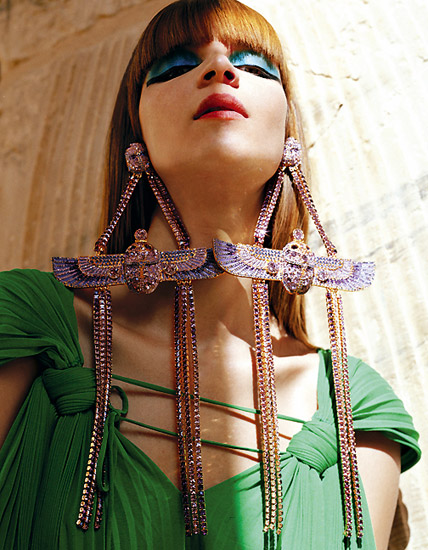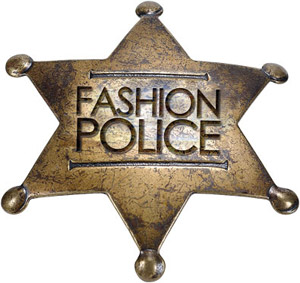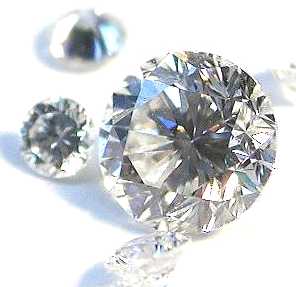I stumbled across this today and, as I read through the criteria, I realized that we pass the “tests” mentioned. Take a look at our eco-friendly jewelry page.
As third generation jewelers, we realize the importance of taking care of our client and our community.
We’re old-fashioned jewelers with a new world mindset.
1. Look for a jeweler with a clear conflict-free diamond policy. Their policy should be both in print and listed on their official website. In addition to ensuring Kimberley Process compliance, the policy should address social and environmental issues. Avoid policies that do not address human rights abuses or environmental impact, or those that rely solely on compliance with the Kimberley Process.
On top of the printed policy, make sure that your jeweler can answer your questions regarding your gem’s origins. They should be able to identify the name of the mine and provide independent verification of its social and environmental responsibility. They should also be able to tell you how they track their stones from mine to the finished product.
2. Look for a jeweler that uses recycled metals wherever possible. Much commercial gold comes from mines in developing countries that employ children and adults in inhumane conditions and leave behind massive quantities of toxic waste, including cyanide, mercury, and arsenic. Less than 25% of gold used in jewelry comes from recycled sources when in fact gold and platinum can be endlessly recycled without compromise to their quality and without the environmental impact of newly mined metals.
3. Look for a jeweler with a wide range of ring designs. Every gal is different, and you’ll want to make sure that your ring design perfectly suits your style and personality.
4. Look for a jeweler with full custom-design services and capabilities. If a bride can’t find the ring she wants, she should be able to create it – she’s going to wear this ring for the rest of her life, after all!
5. Look for a jeweler that carries a wide selection of alternative gemstones and metals. Precious colored gemstones create gorgeous accents or a beautiful centerpiece and many jewelers lack broad inventory and expertise with these stones. You may also be interested in alternative metals, such as rose gold and palladium.
6. Look for a jeweler that never compromises on quality.
7. Look for a jeweler that provides excellent customer service and convenience. When making one of the biggest purchases of your life, you don’t want any of your questions to go unanswered.
8. Look for a jeweler with a glowing reputation. A good track record and dazzling customer reviews say it best – you’ll get what you pay for and be thrilled with the results.
9. Look for a jeweler with an airtight Warranty Policy. If something should go wrong during the manufacturing process or you discover a flaw in your ring, you should be able to return or fix it, no questions asked.
Source: Brilliant Earth Blog


















